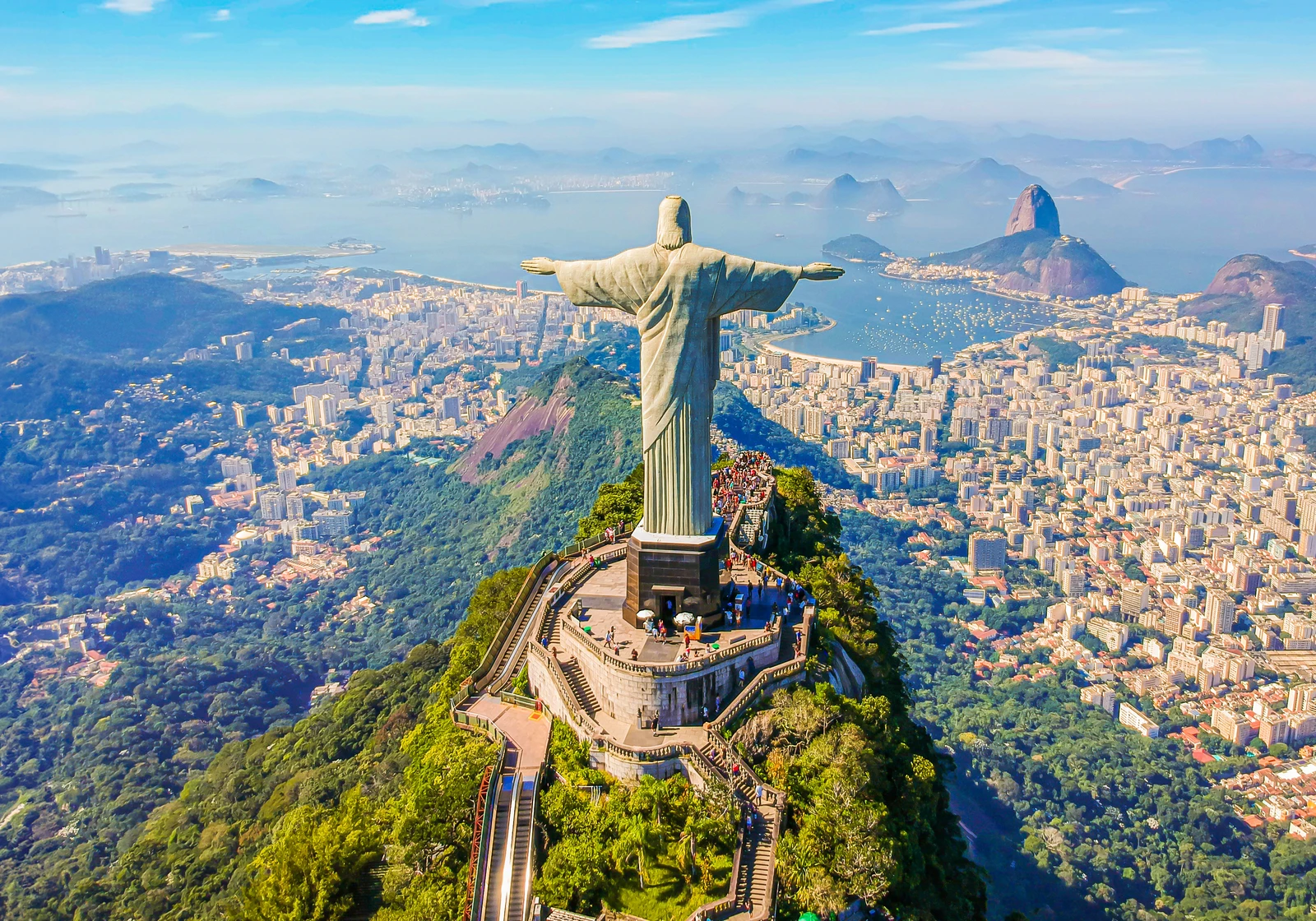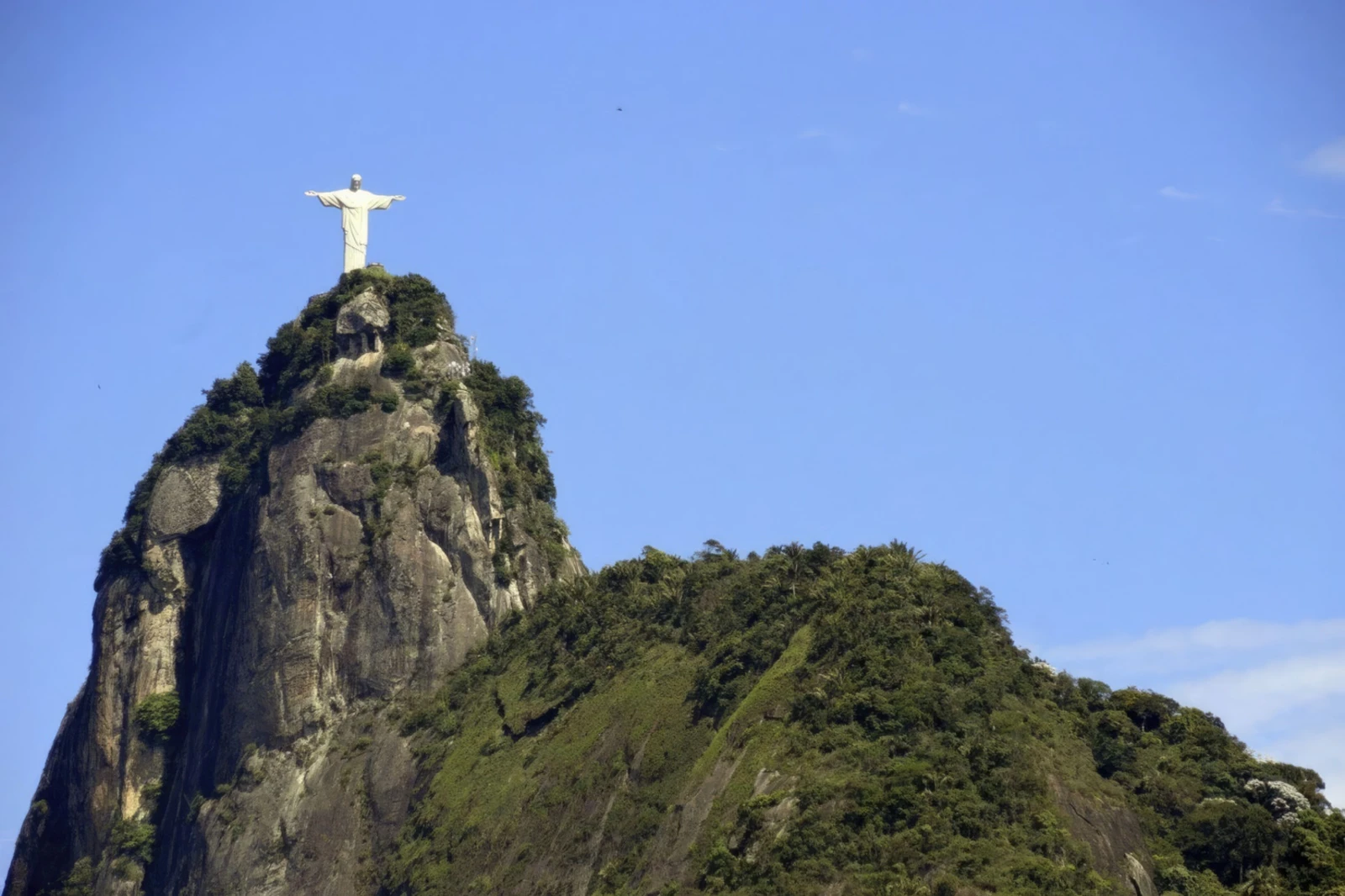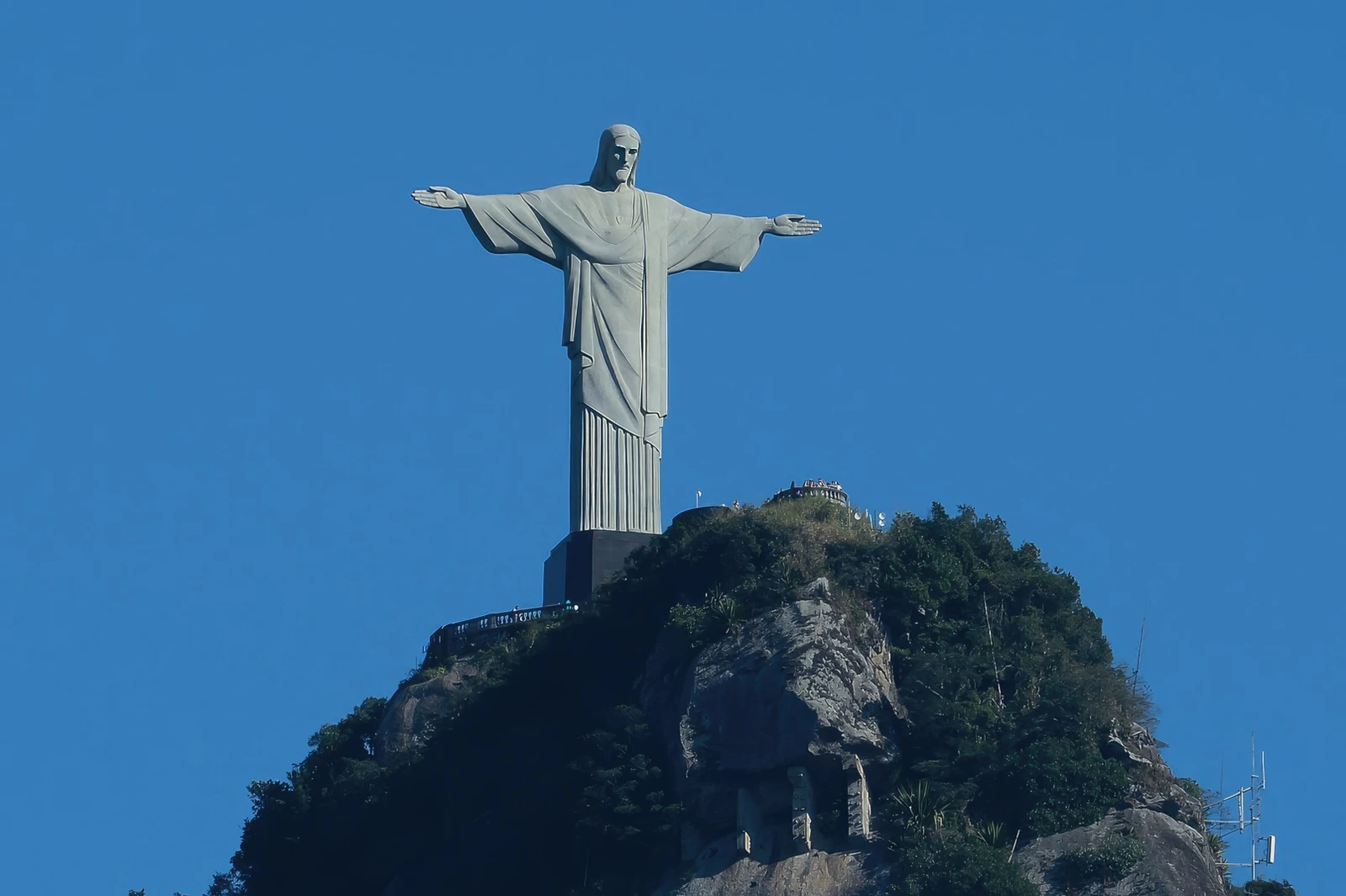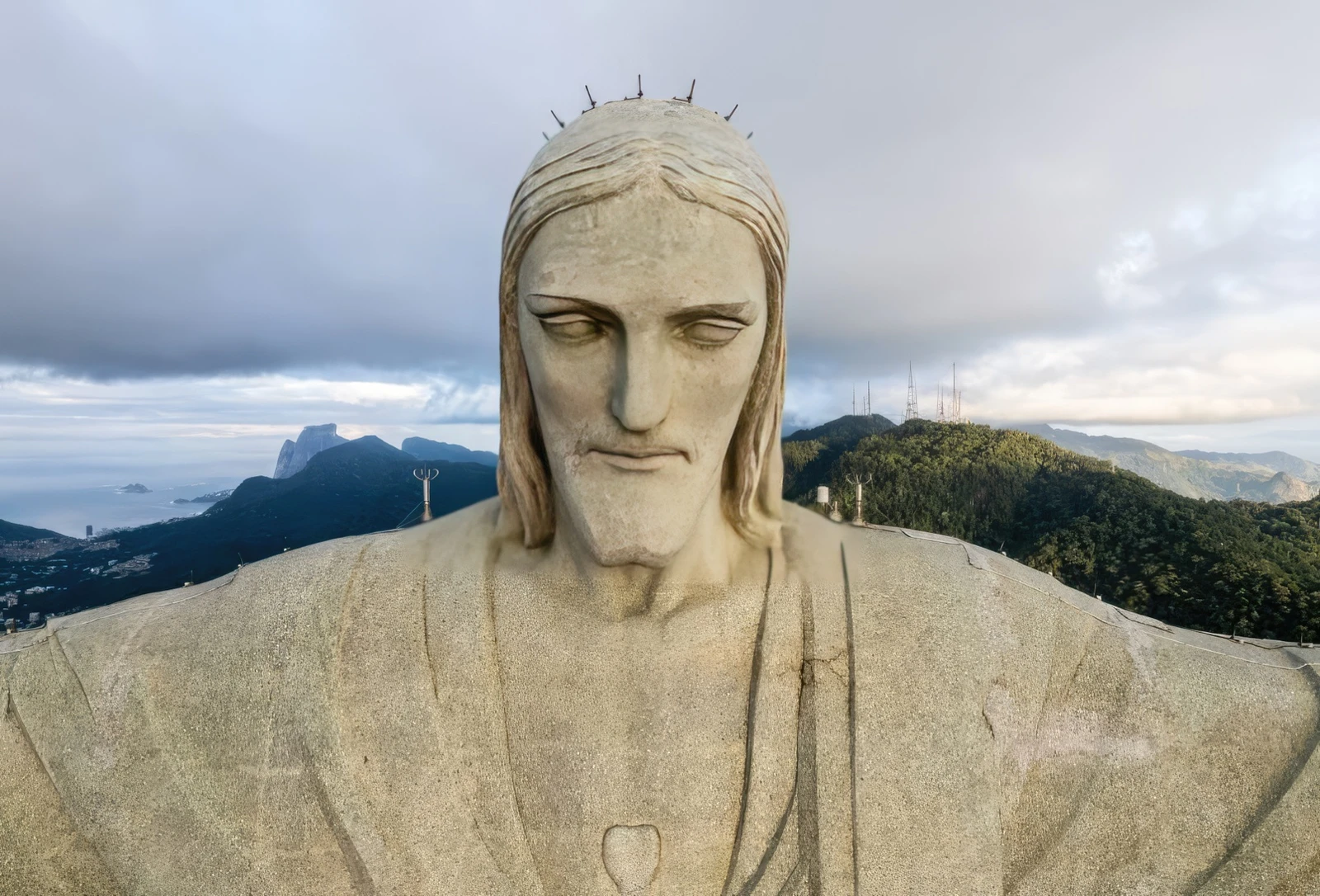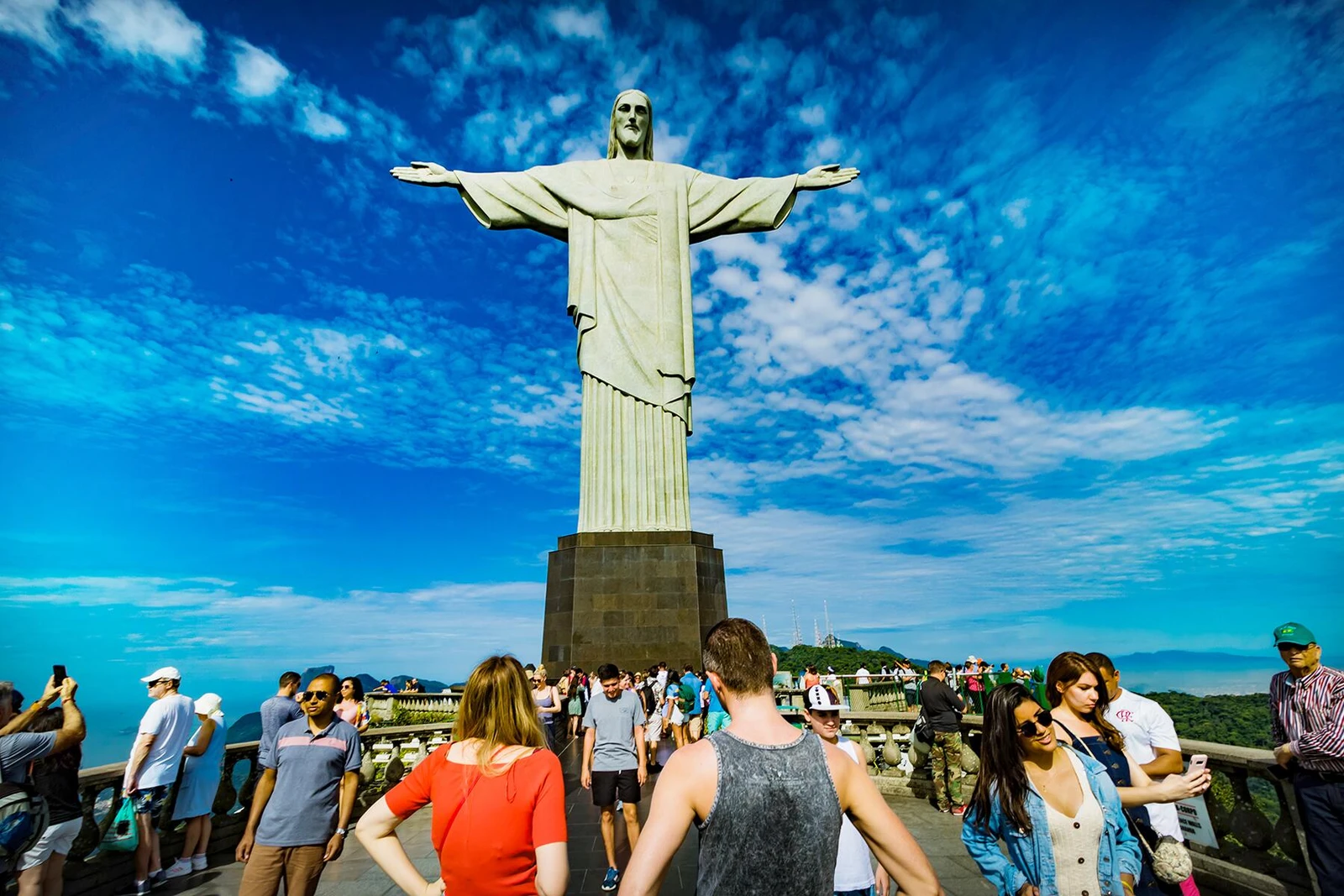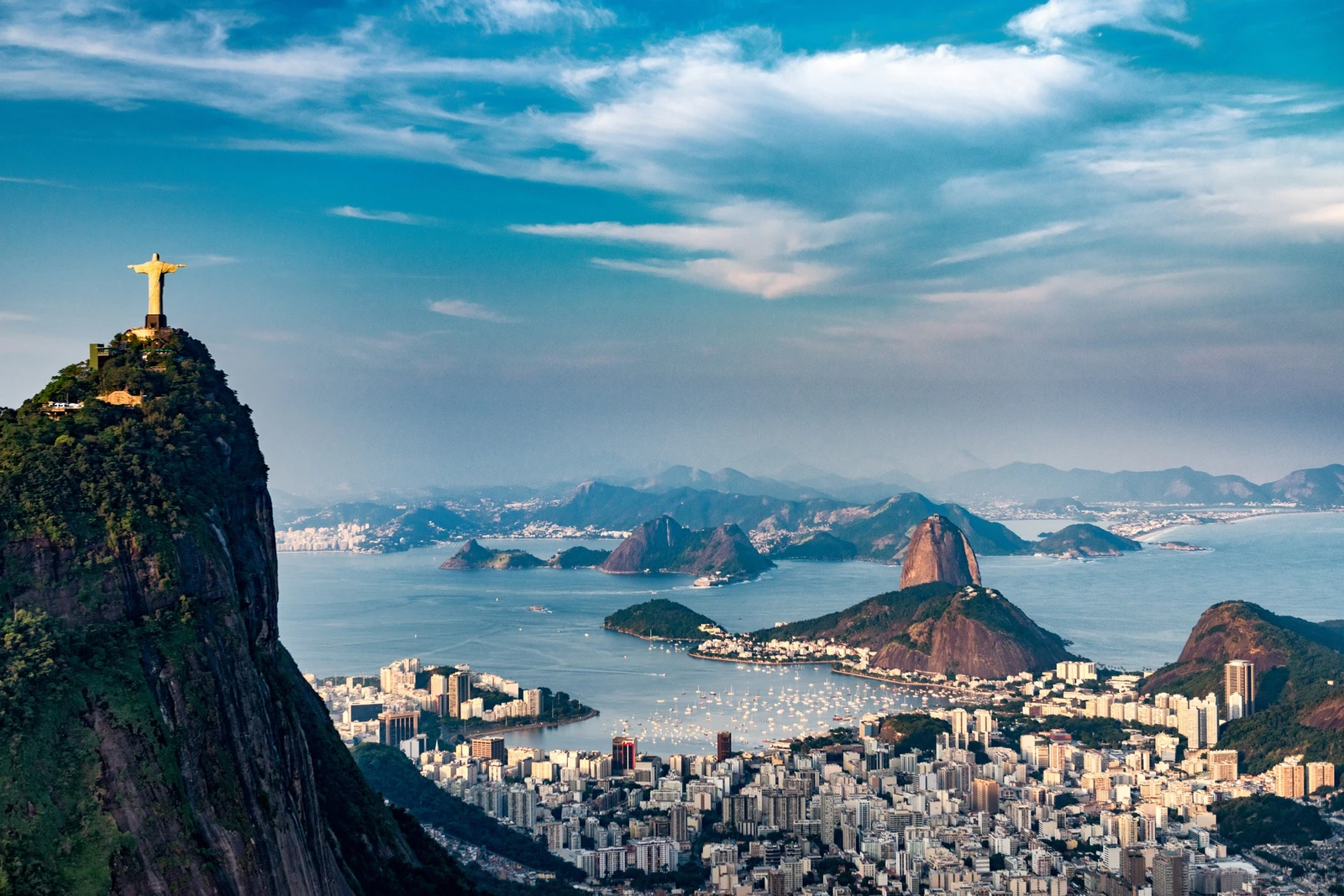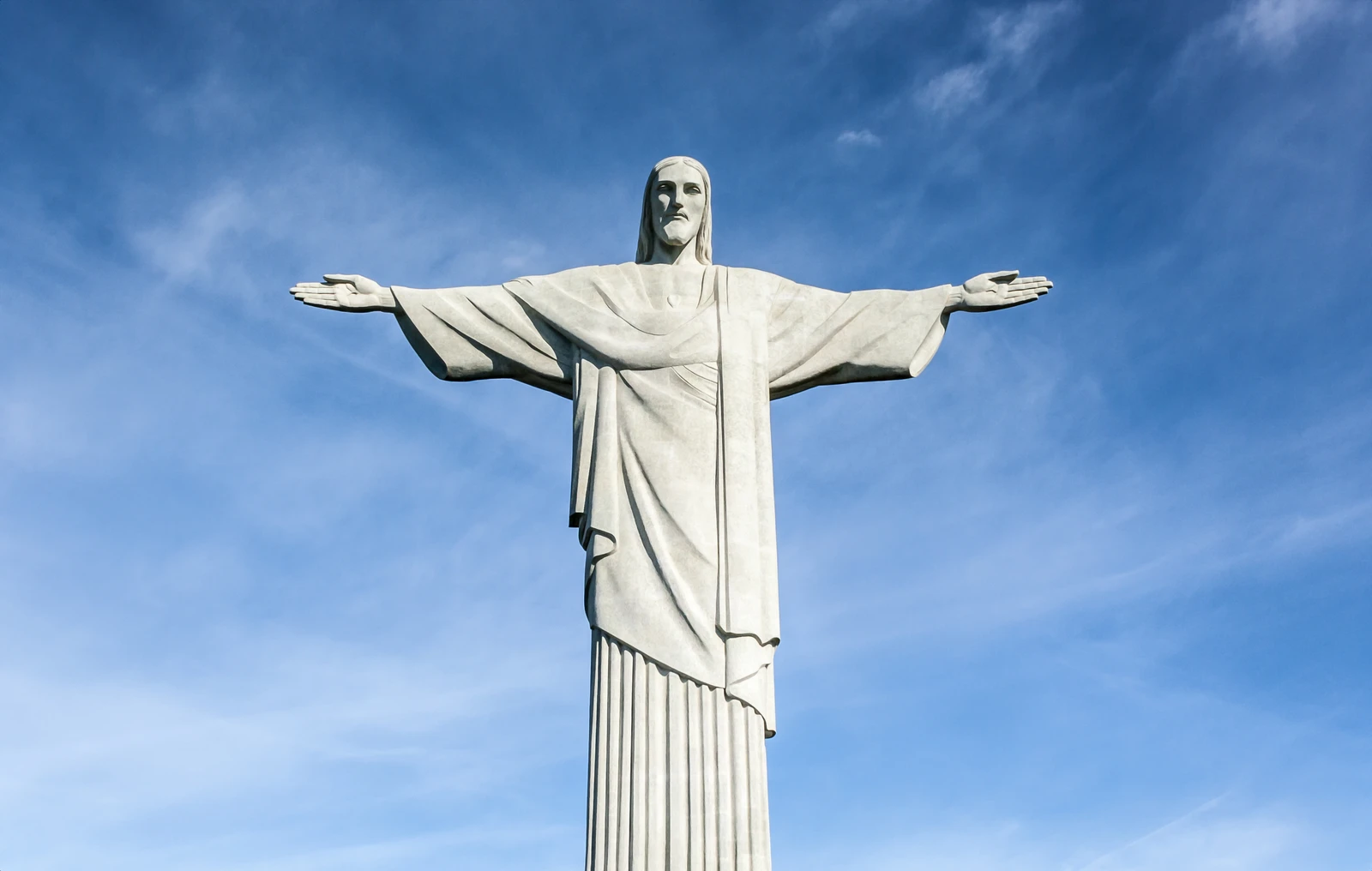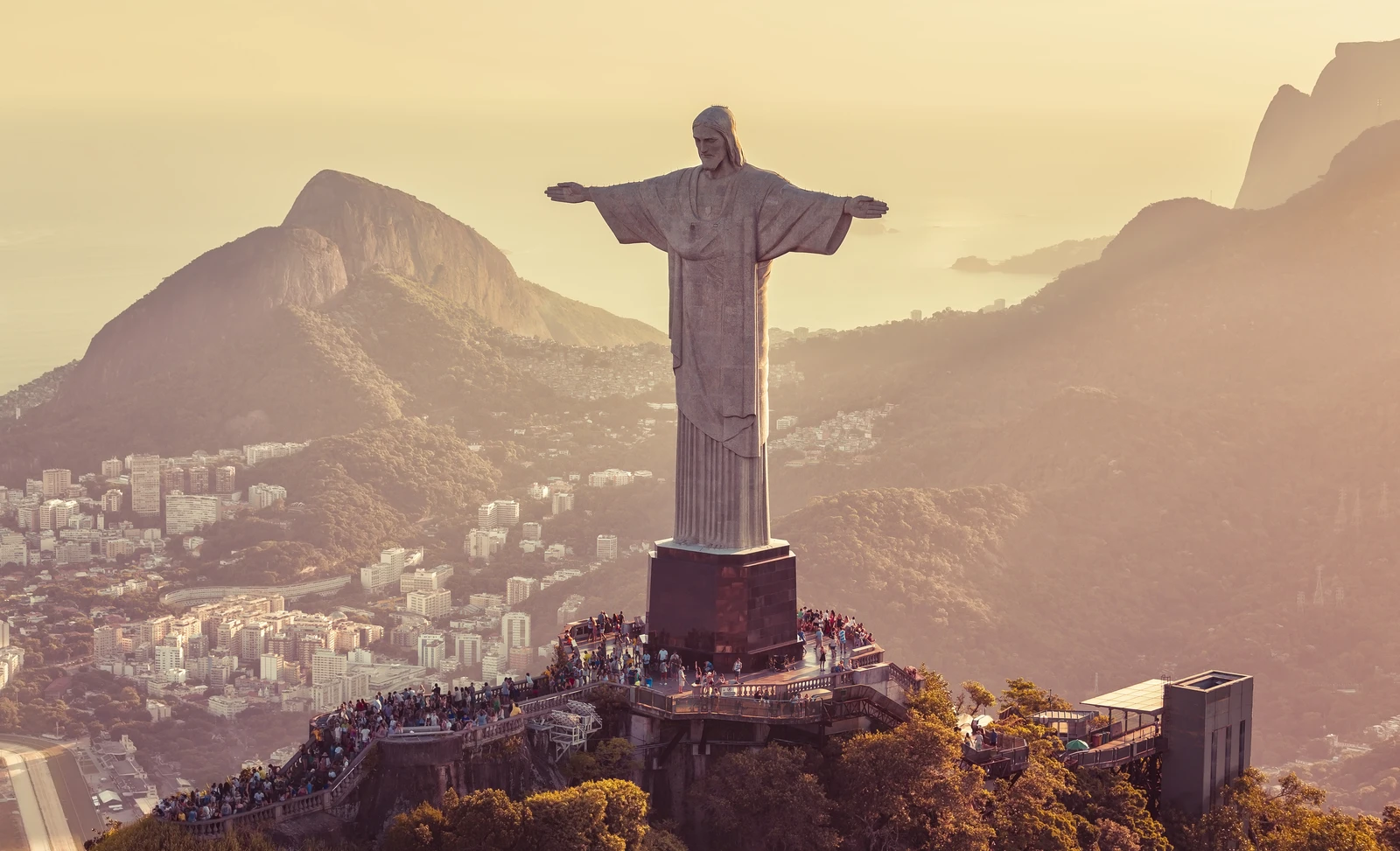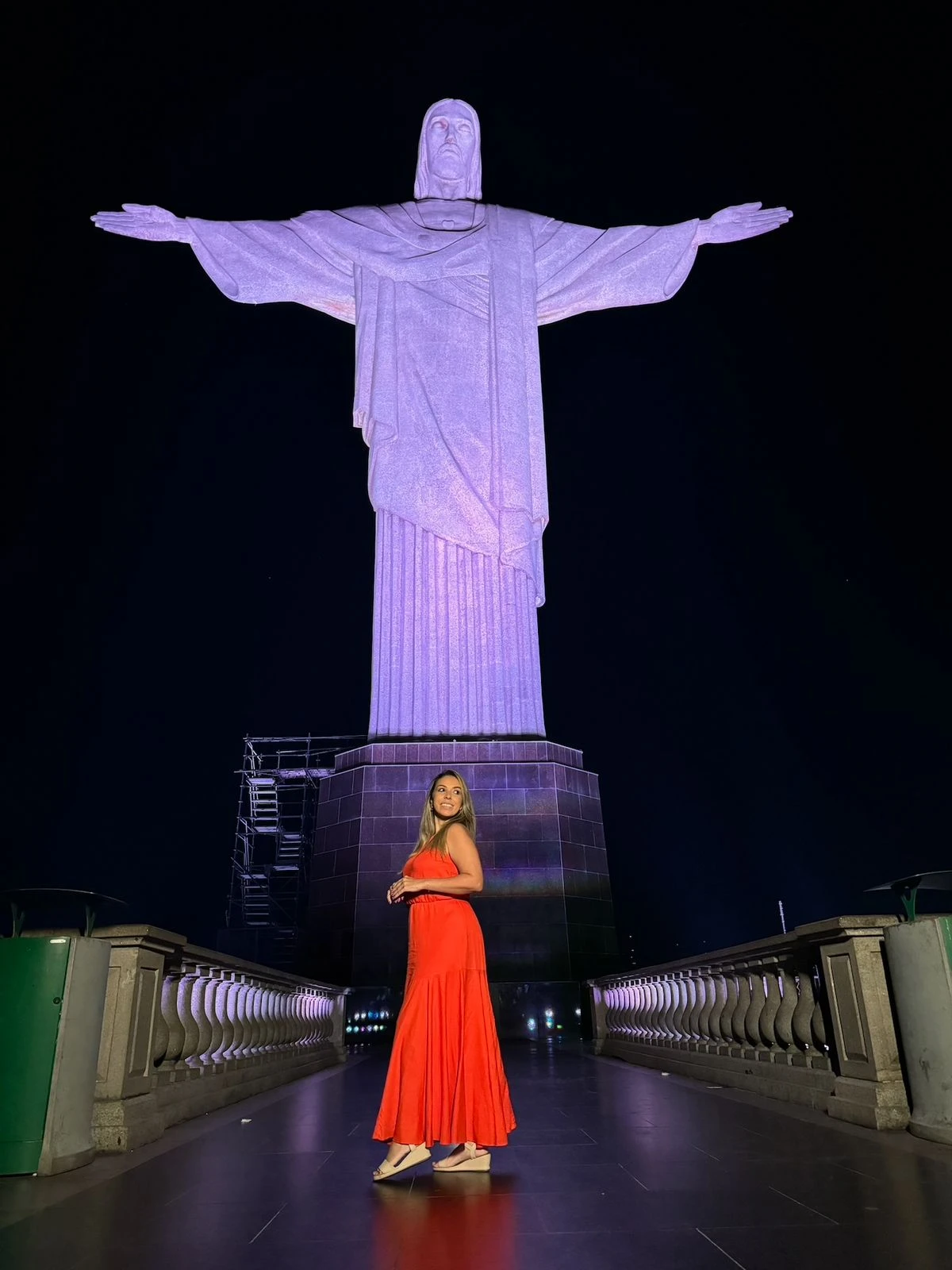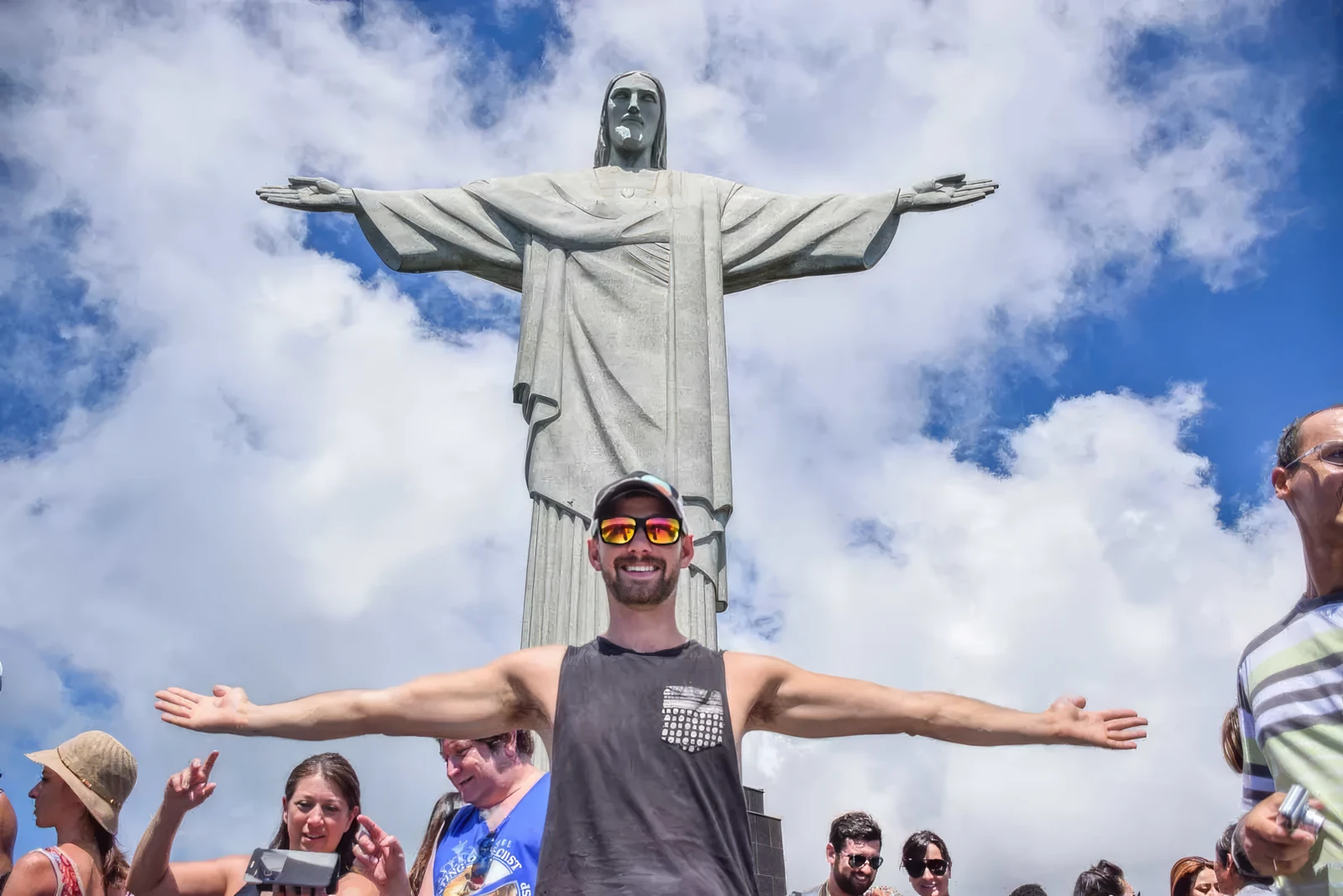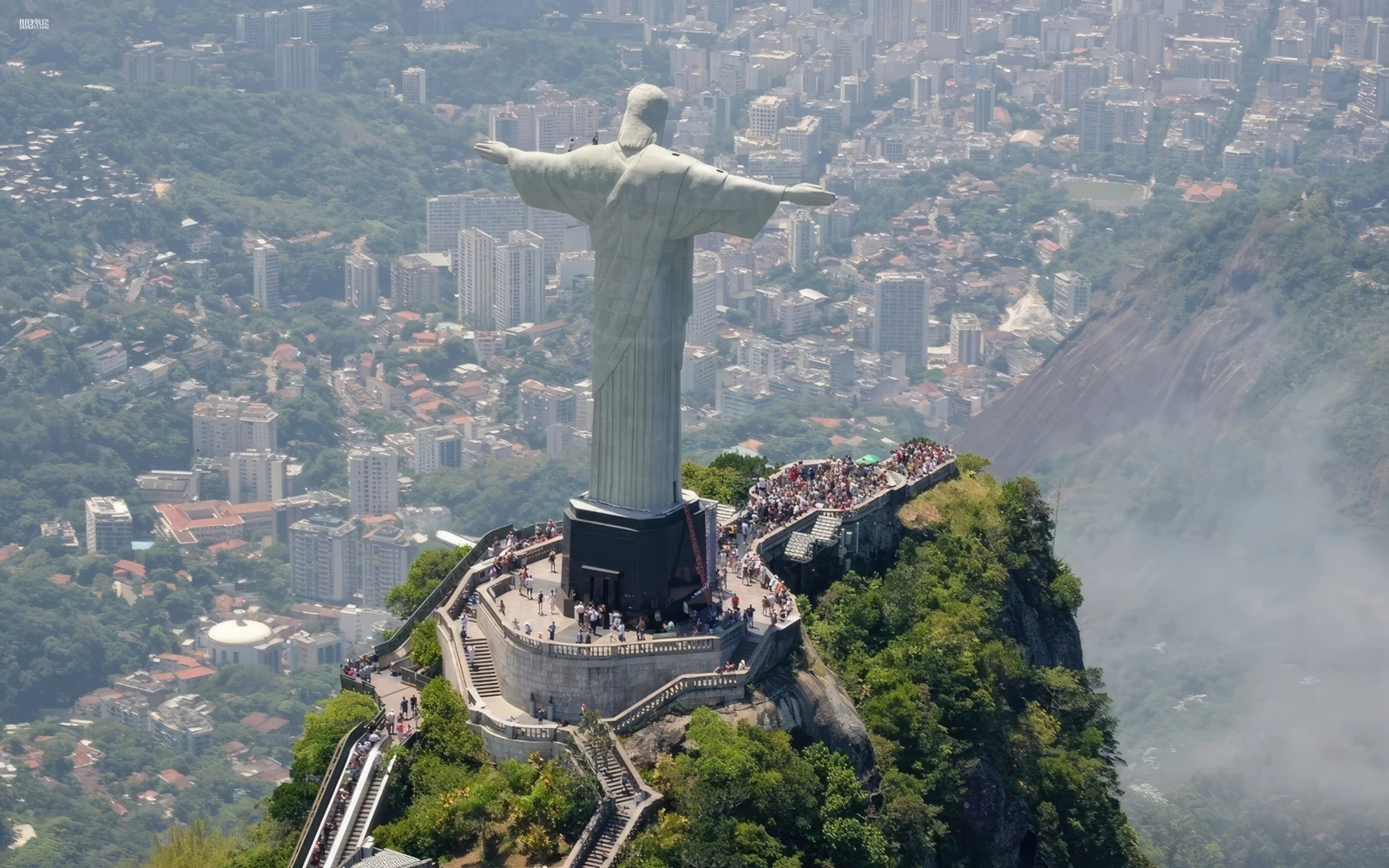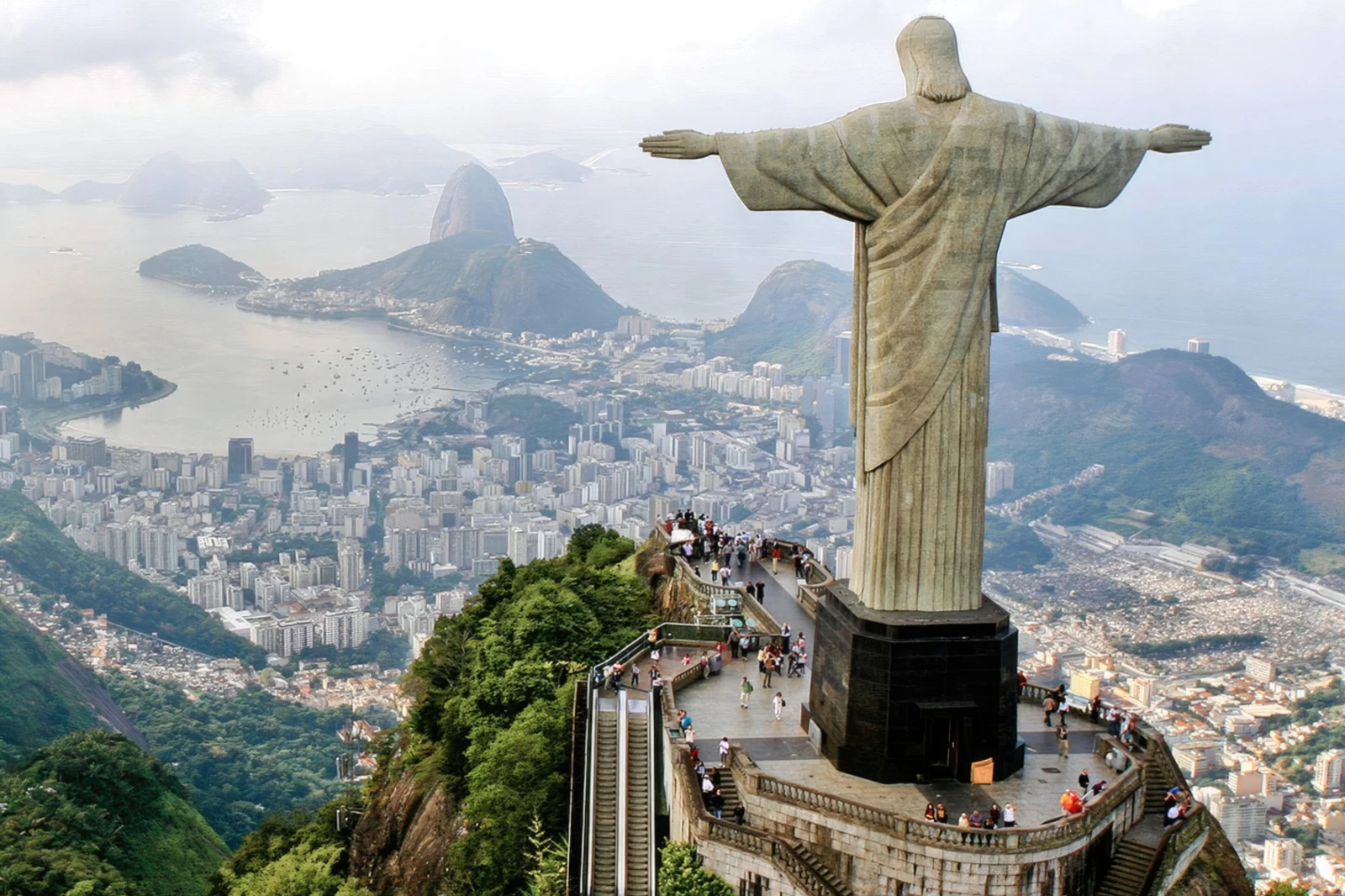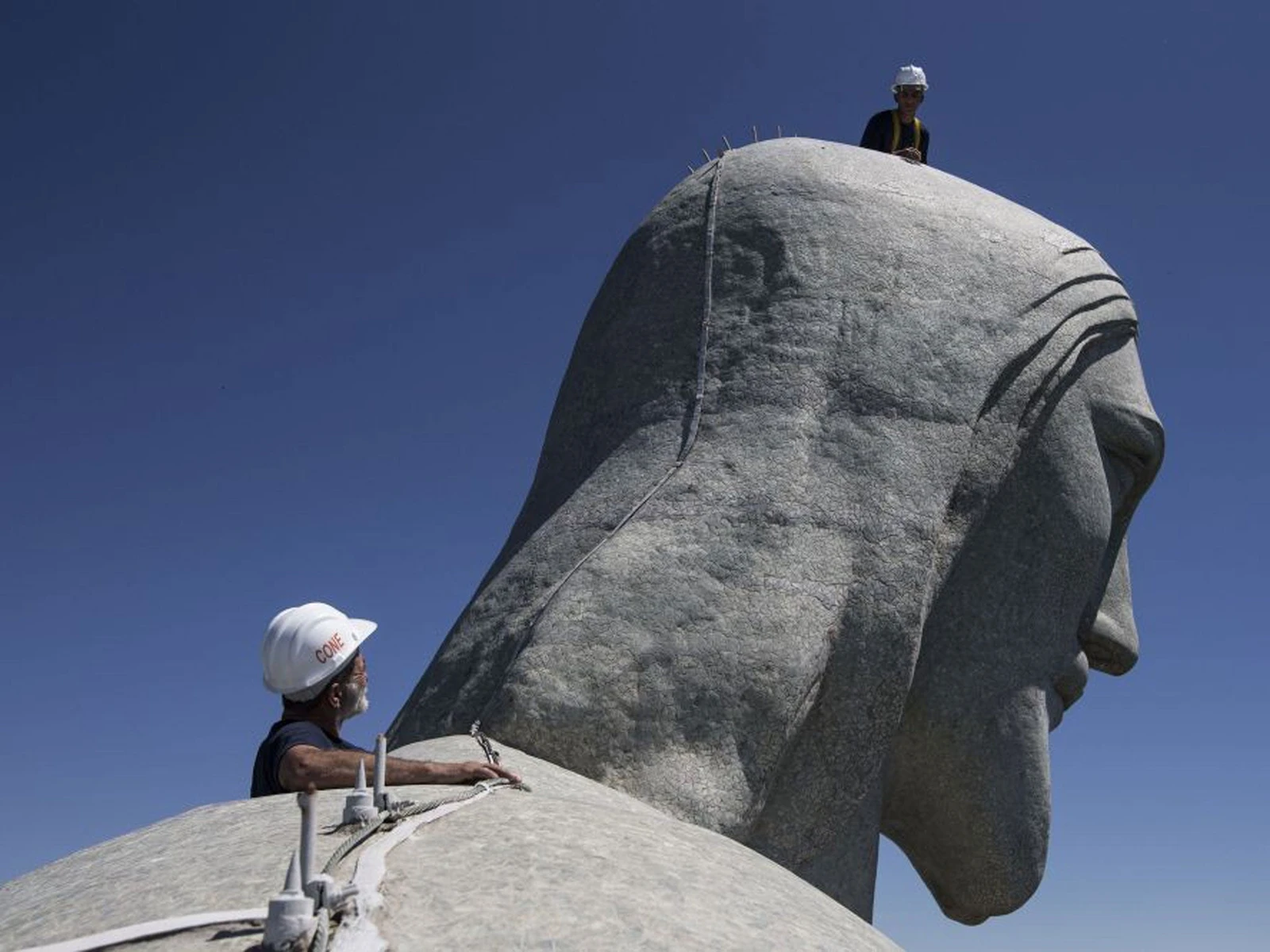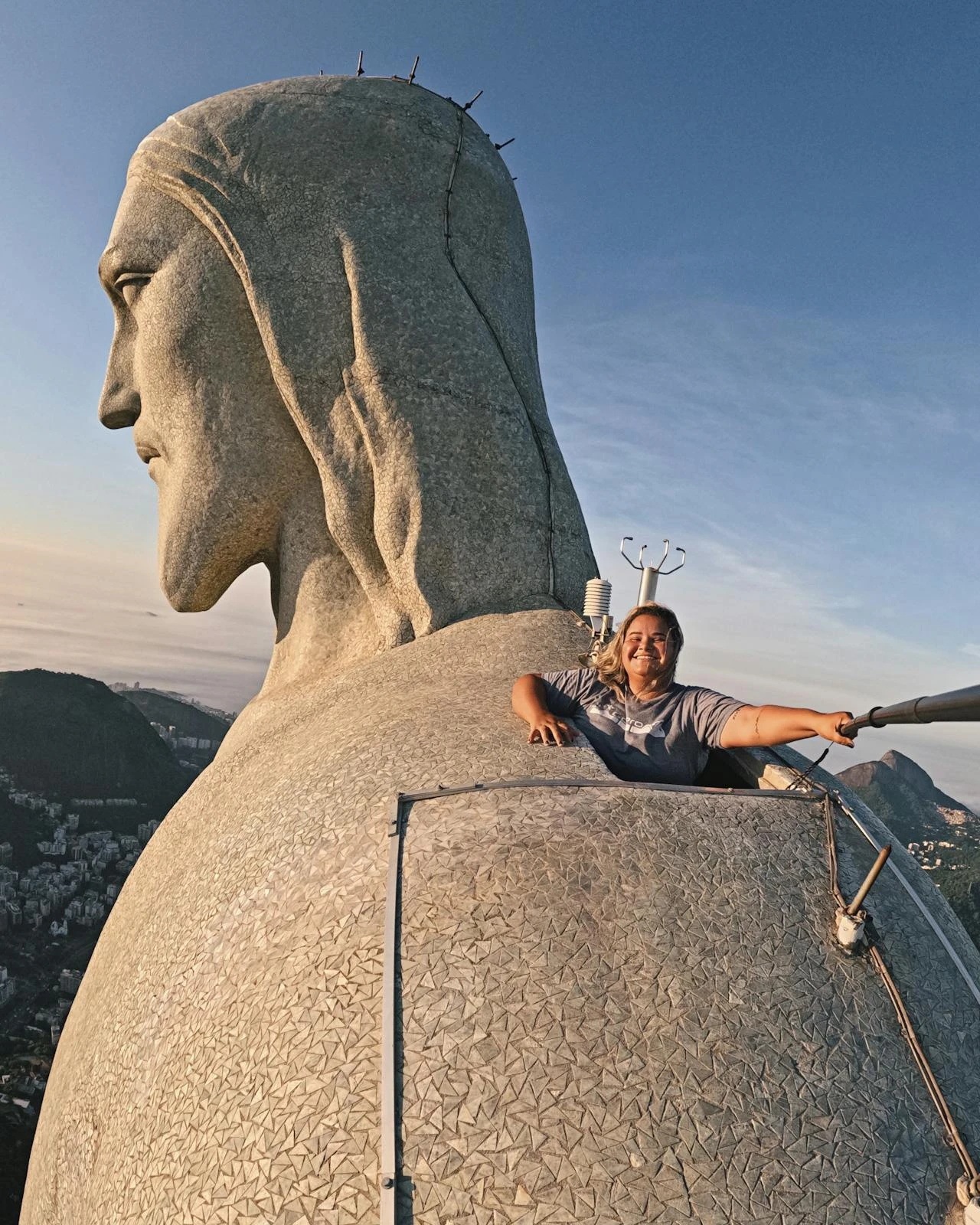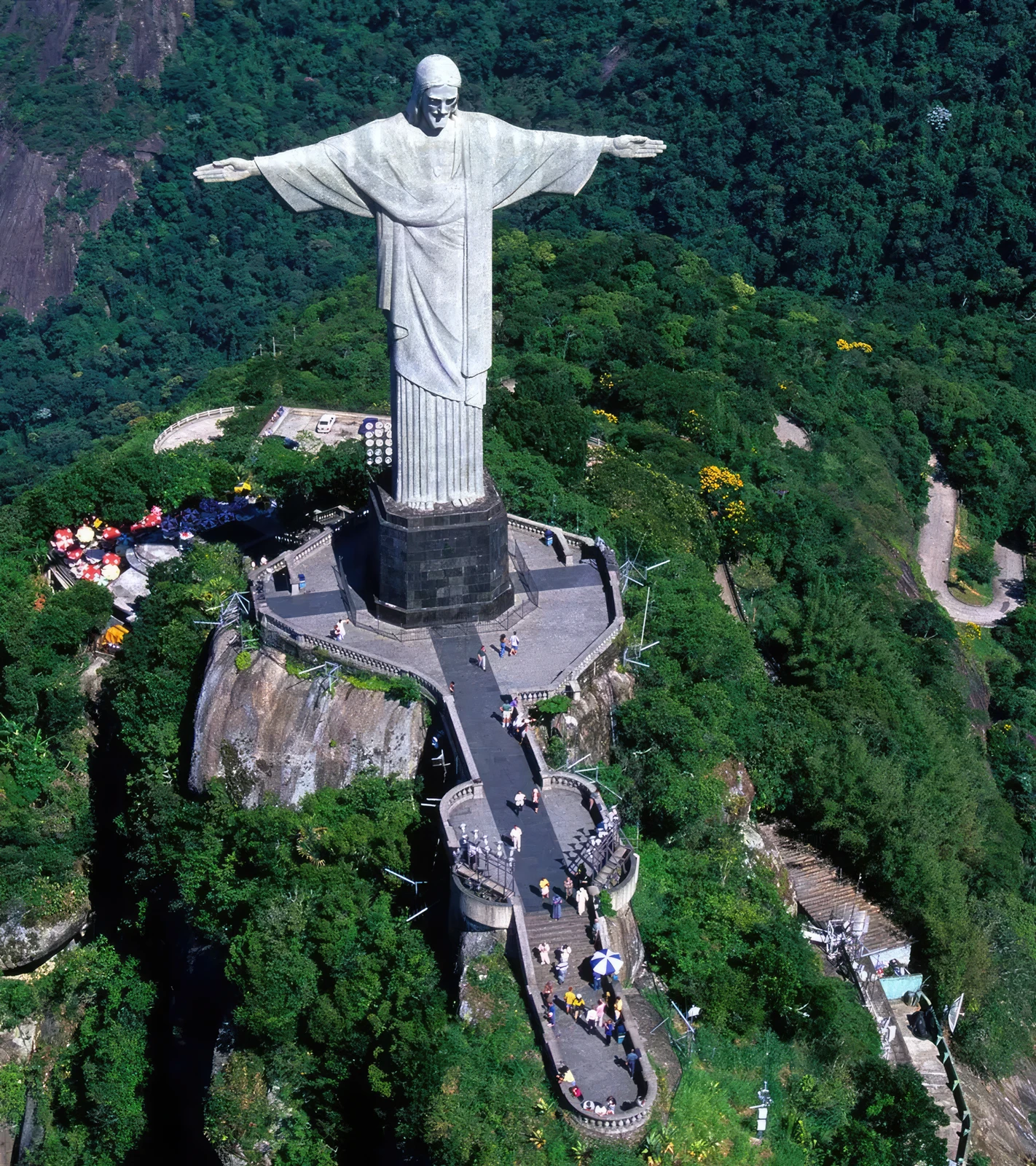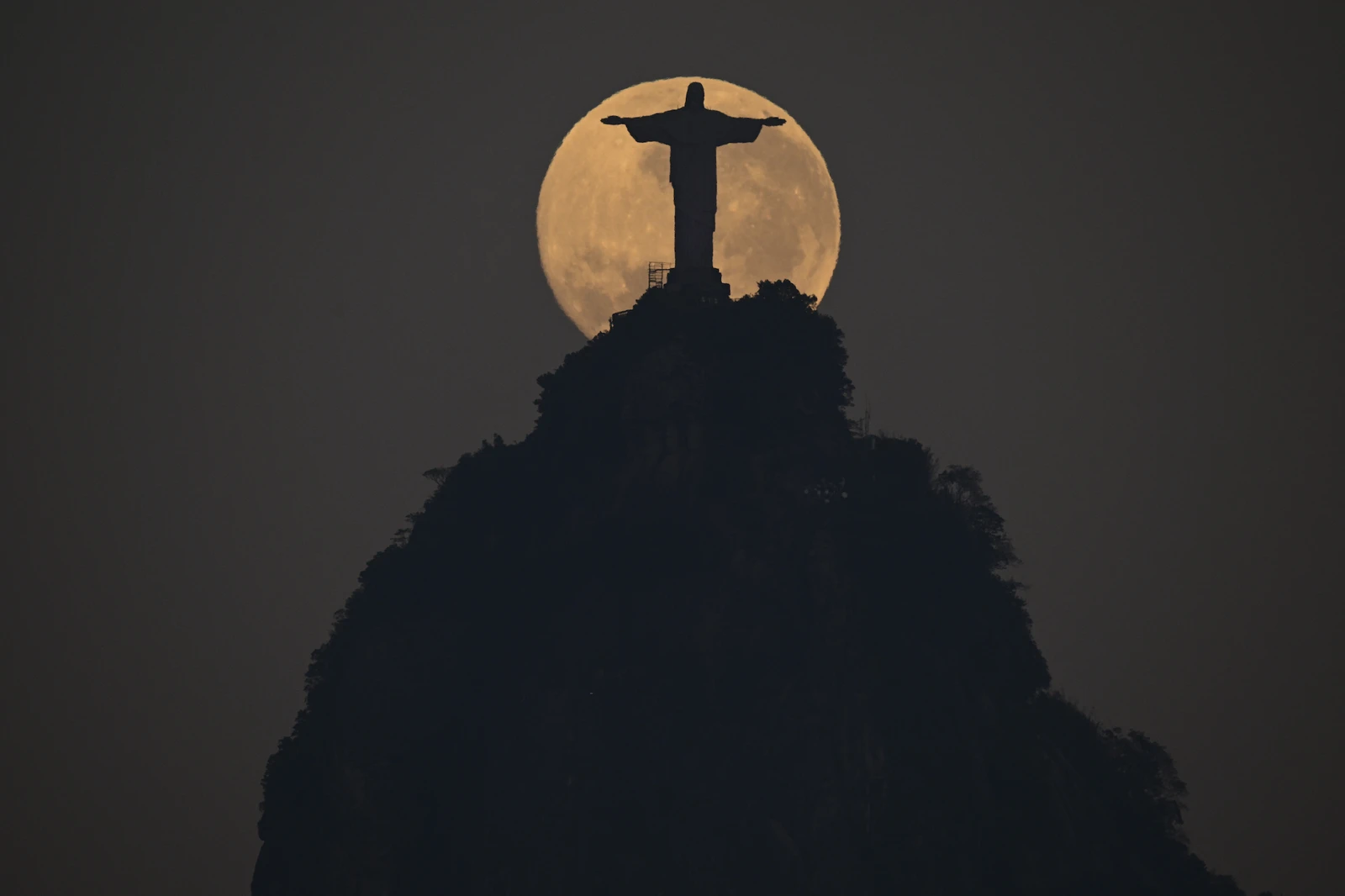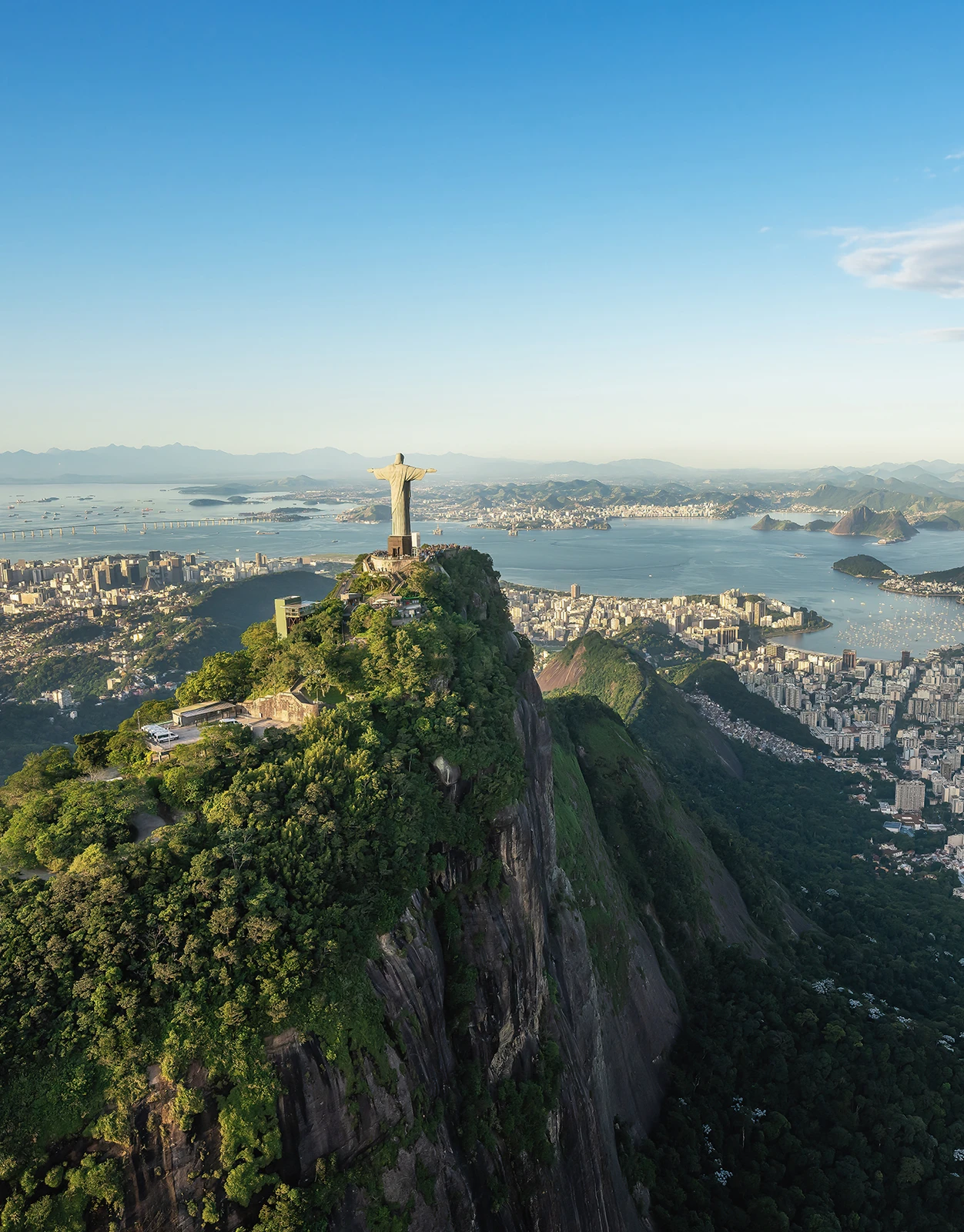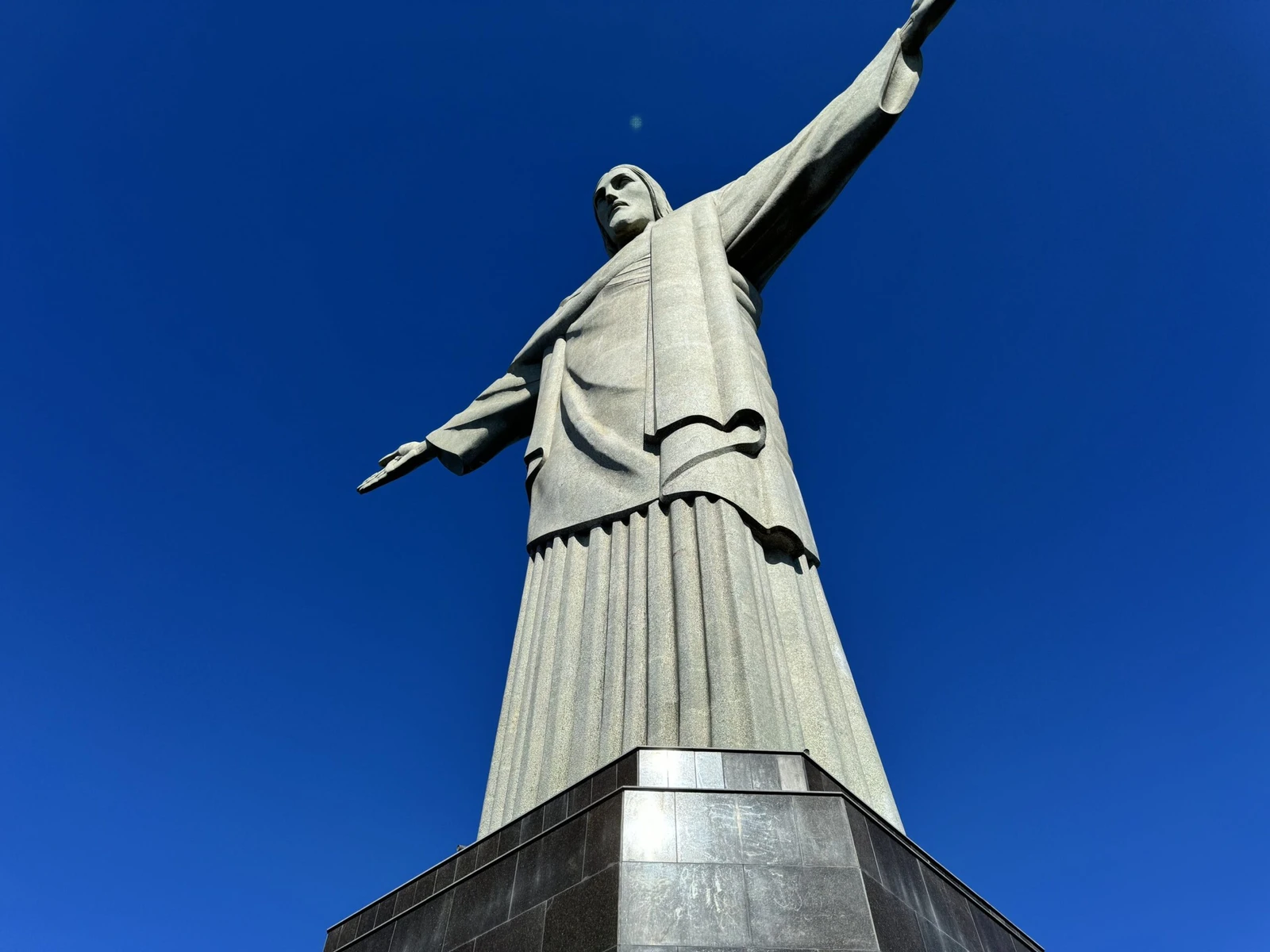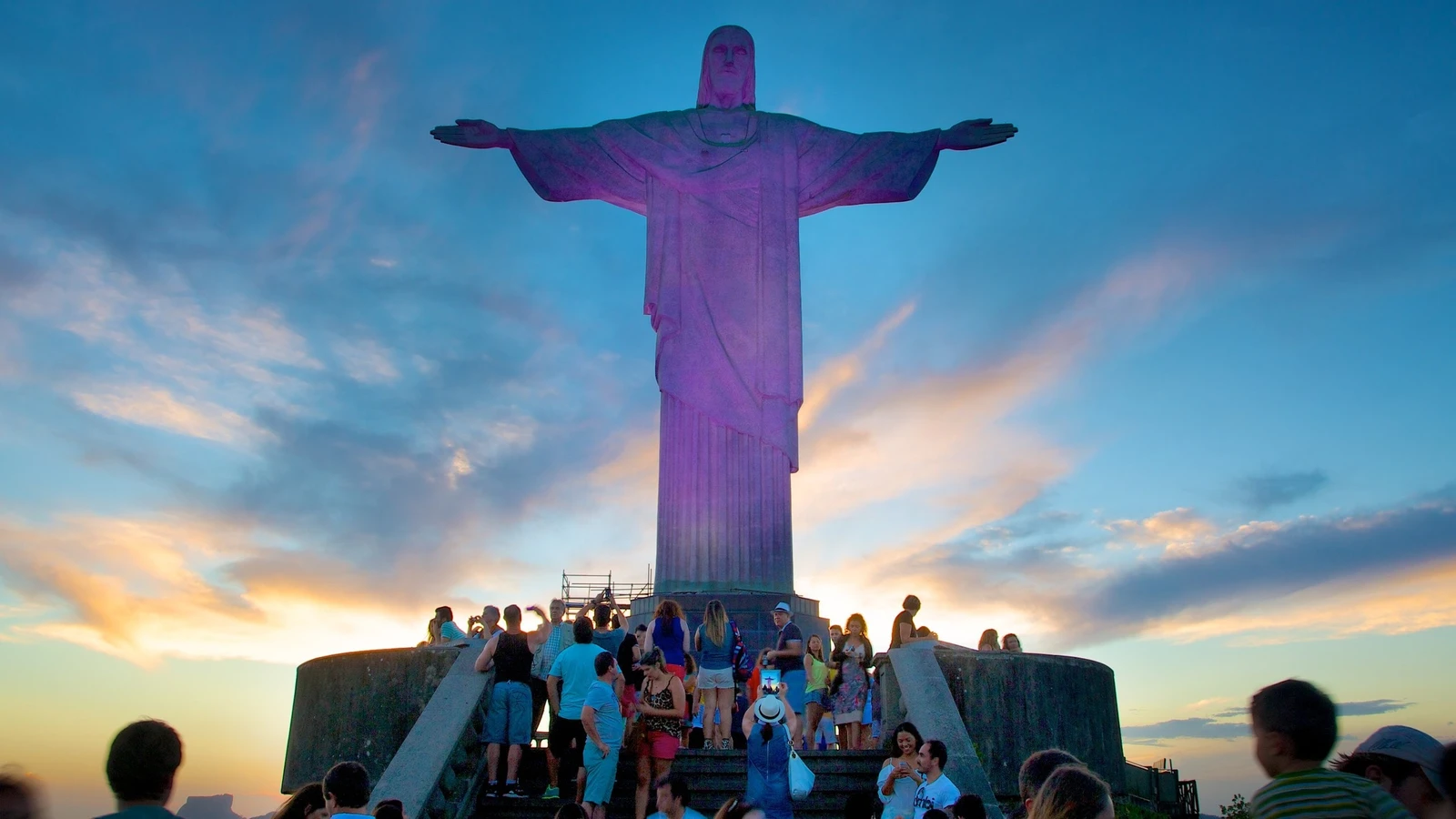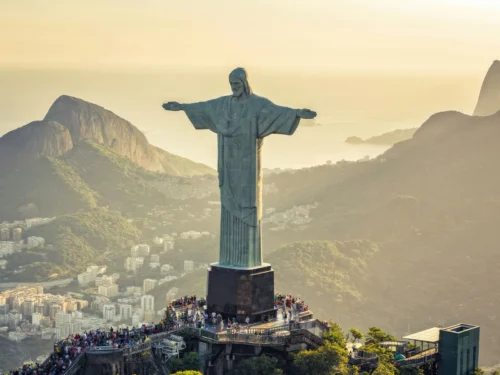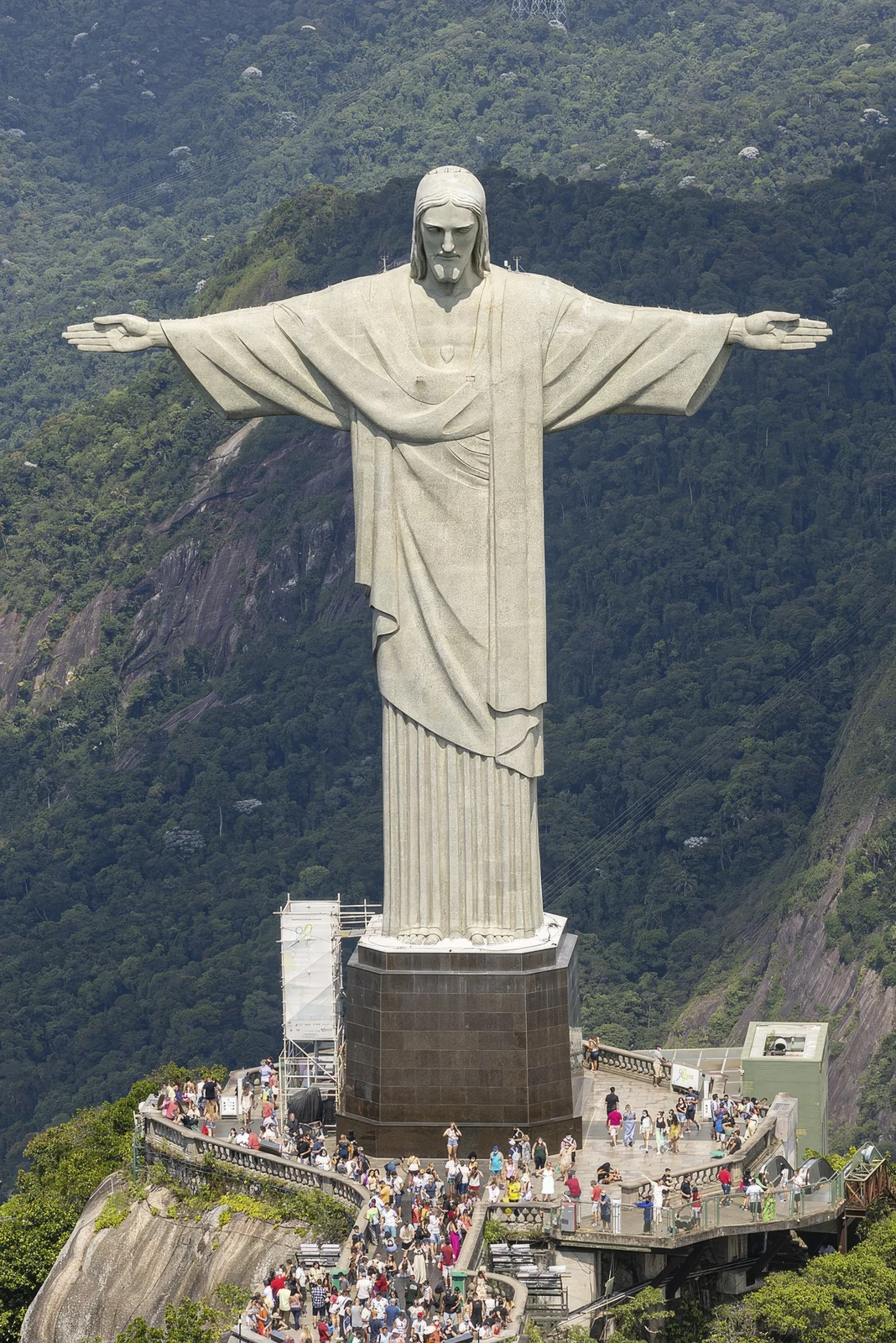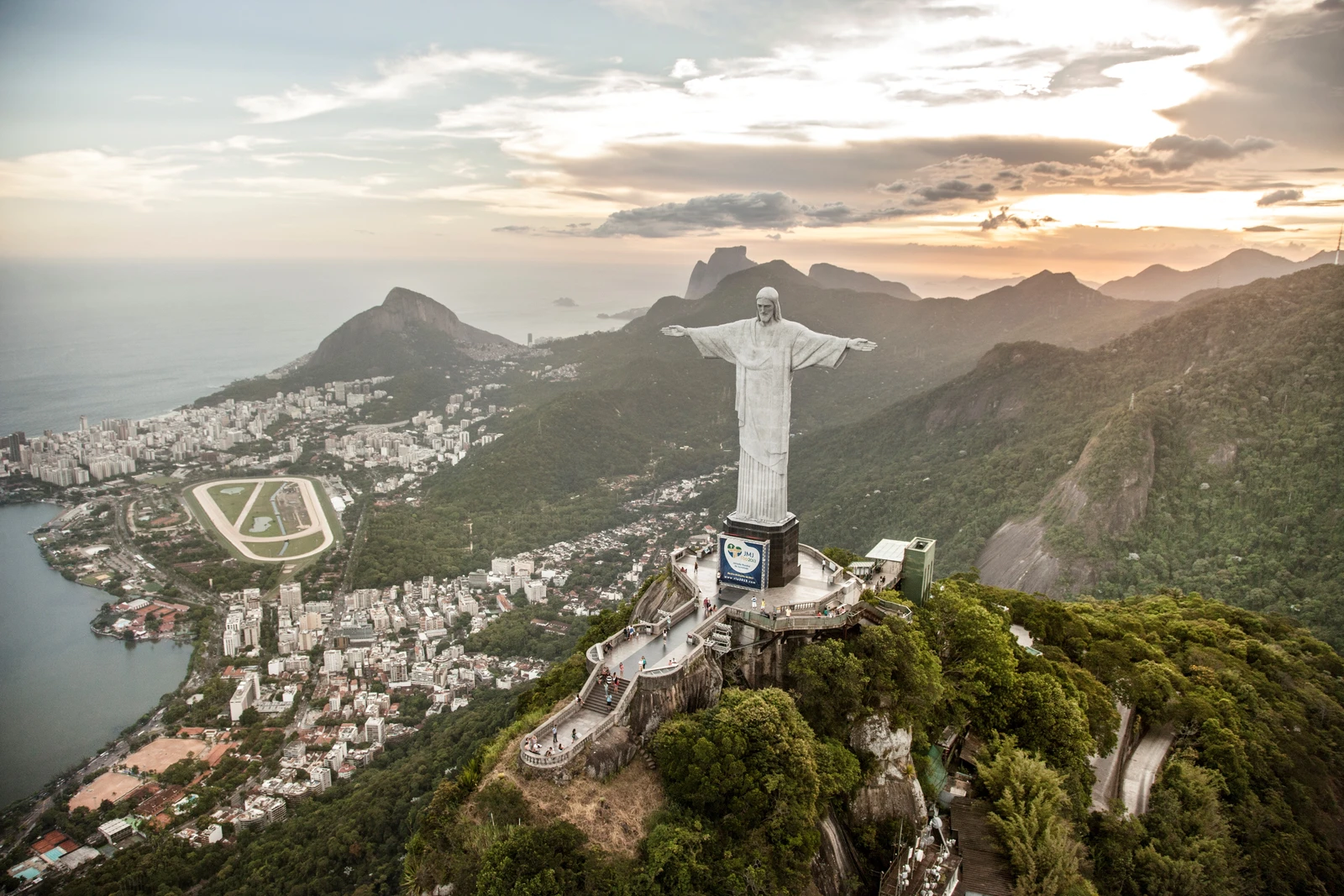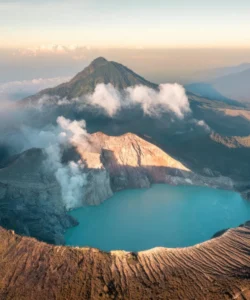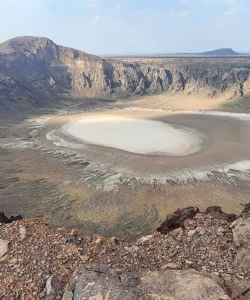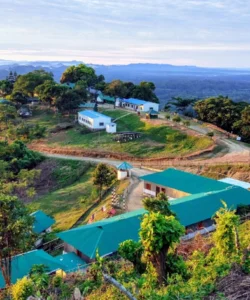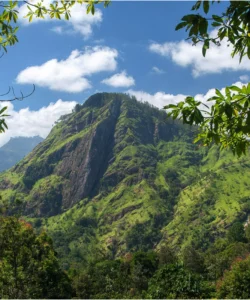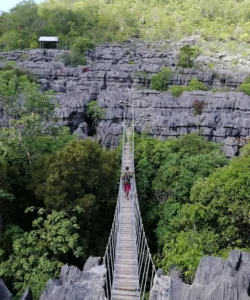Christ the Redeemer (Portuguese: Cristo Redentor) is an iconic Art Deco statue of Jesus Christ overlooking the vibrant city of Rio de Janeiro, Brazil. Standing atop the 700-meter (2,300 ft) Corcovado Mountain within the Tijuca National Park, its outstretched arms symbolize peace and embrace the entire city. Completed in 1931, it has become a global symbol of Christianity, a cultural icon of both Rio de Janeiro and Brazil, and was voted one of the New 7 Wonders of the World.
Listen to an introduction about Christ the Redeemer

Name: Christ the Redeemer (Cristo Redentor)
Address: Corcovado Mountain, Rio de Janeiro, Brazil.
How to get there:
Reaching Christ the Redeemer, involves a significant international journey to South America, followed by domestic travel to Rio de Janeiro, and then an ascent up Corcovado Mountain:
- From Rio de Janeiro to Christ the Redeemer (Corcovado Mountain):
- Corcovado Rack Railway (Trem do Corcovado): The most traditional and scenic way. Take the train from the Cosme Velho station. The 20-minute ride winds through the lush Tijuca Forest, offering beautiful views before arriving near the statue’s base. Tickets can be purchased online or at various sales points in Rio.
- Official Vans: Vans depart from three main points in the city: Largo do Machado (near the subway station), Lido Square (Copacabana), and Paineiras-Corcovado (a halfway point up the mountain, often used if you drive or take a taxi part of the way). These vans offer direct transport to the statue’s base.
- Hiking: For the adventurous, a hiking trail starts from Parque Lage (near the Botanical Garden) and leads up to the statue. This is a challenging 3-hour hike through the forest and may pass through a favela, so it’s advisable to go with a guide and be aware of safety considerations.
- From the Base to the Statue: Once near the statue’s base, visitors can use escalators and panoramic elevators to reach the statue itself, or climb a series of 222 steps.
Best Time to Visit:
Christ the Redeemer can be visited year-round. However, for the best experience:
- Avoid weekends and public holidays if possible, as it can get very crowded.
- Go early in the morning (right at opening) to beat the crowds and enjoy clearer views before the haze or clouds might roll in.
- Late afternoon offers beautiful light for photography and the chance to see the city lights as evening falls.
- Check the weather forecast: Clear skies are essential for panoramic views.
Landscape and Architecture:
Christ the Redeemer is a striking example of Art Deco sculpture, strategically placed on a natural marvel:
- Colossal Statue: The statue itself is 30 meters (98 ft) tall, excluding its 8-meter (26 ft) pedestal. Its arms stretch 28 meters (92 ft) wide. It is made of reinforced concrete, chosen for its durability, and clad in a mosaic of thousands of triangular soapstone tiles, giving it a distinctive textured and enduring “skin.” The face was sculpted by Romanian artist Gheorghe Leonida, and the overall design by Brazilian engineer Heitor da Silva Costa and French-Polish sculptor Paul Landowski.
- Corcovado Mountain: The statue stands at the peak of the 700-meter (2,300 ft) Corcovado mountain, a sharp rocky peak that is part of the Tijuca Forest National Park. This natural elevation provides a commanding and dramatic natural pedestal, making the statue visible from almost anywhere in Rio.
- Panoramic Views: From its vantage point, the statue offers unparalleled 360-degree panoramic views of Rio de Janeiro, including Sugarloaf Mountain, Guanabara Bay, Copacabana Beach, Ipanema Beach, the Maracanã Stadium, and the sprawling urban landscape.
- Chapel at the Base: A small chapel dedicated to Our Lady of Aparecida (Brazil’s patron saint) is located in the statue’s base, consecrated in 2006.
- Surrounding Tijuca National Park: The statue is set within the lush, biodiverse Tijuca Forest National Park, the world’s largest urban rainforest. The natural vegetation creates a serene backdrop.
- Base and Pedestal: The statue stands on a substantial concrete pedestal that also contains the chapel and provides the viewing platform.
- Internal Passageways: The statue is constructed with internal stairs and passageways, though these are not open to the public, allowing workers access for maintenance.
What makes it famous:
Christ the Redeemer is famous for:
- Global Symbol of Christianity: It is one of the most recognized and iconic symbols of Christianity worldwide.
- New 7 Wonders of the World: Voted as one of the New 7 Wonders of the World in 2007, solidifying its global recognition as a landmark.
- Icon of Rio de Janeiro and Brazil: It is the quintessential postcard image of Rio de Janeiro and a powerful cultural symbol for Brazil.
- Art Deco Masterpiece: It is the largest Art Deco-style sculpture in the world, showcasing a blend of artistic vision and engineering prowess.
- Panoramic Views: The breathtaking views from its summit are a major draw, offering an unparalleled perspective of Rio’s stunning natural beauty and urban sprawl.
- Symbol of Peace and Welcome: Its open, outstretched arms are widely interpreted as a gesture of peace and welcome, representing the embracing spirit of the Brazilian people.
- Engineering Feat: Building such a massive statue on a steep, remote mountaintop nearly a century ago was a significant engineering challenge.
- Sacred Site: It remains a place of spiritual significance, hosting religious ceremonies and pilgrimages.
Differences from some other wonders:
Christ the Redeemer distinguishes itself from other famous statues and landmarks in several key ways:
- Iconic Embrace: While other statues are large, Christ the Redeemer’s outstretched arms are unique and create a powerful symbolic gesture of peace and welcome that is universally recognized.
- Natural Mountain Pedestal: Unlike statues built on artificial platforms in cities or on flat ground, Christ the Redeemer sits atop a prominent natural mountain (Corcovado), making the natural landscape an integral part of its grandeur and visual impact. This fusion of monumental sculpture with a commanding natural elevation is distinctive.
- Art Deco Style for a Religious Figure: While there are numerous religious statues, Christ the Redeemer is celebrated specifically as the largest Art Deco sculpture in the world, showcasing this particular artistic movement on an monumental scale for a spiritual figure.
- Cultural Icon Beyond Religion: While a religious symbol, it has transcended its original purpose to become a broad cultural icon of a city and a nation, appearing in countless movies, songs, and advertisements, symbolizing Brazilian identity as much as faith.
- Visibility from the Entire City: Its strategic placement and height make it visible from almost every point in Rio de Janeiro, creating a constant, benevolent presence over the city. Few other landmarks offer such pervasive visibility.
- Interactive Ascent: The journey to the top, involving either the historic cog railway or vans through the urban rainforest, provides an integral part of the experience that builds anticipation and offers unique perspectives during the ascent.
In essence, Christ the Redeemer is a profound and awe-inspiring wonder, a harmonious blend of artistic grandeur, spiritual symbolism, and breathtaking natural beauty, standing as an enduring beacon of peace and a quintessential symbol of Brazil.
